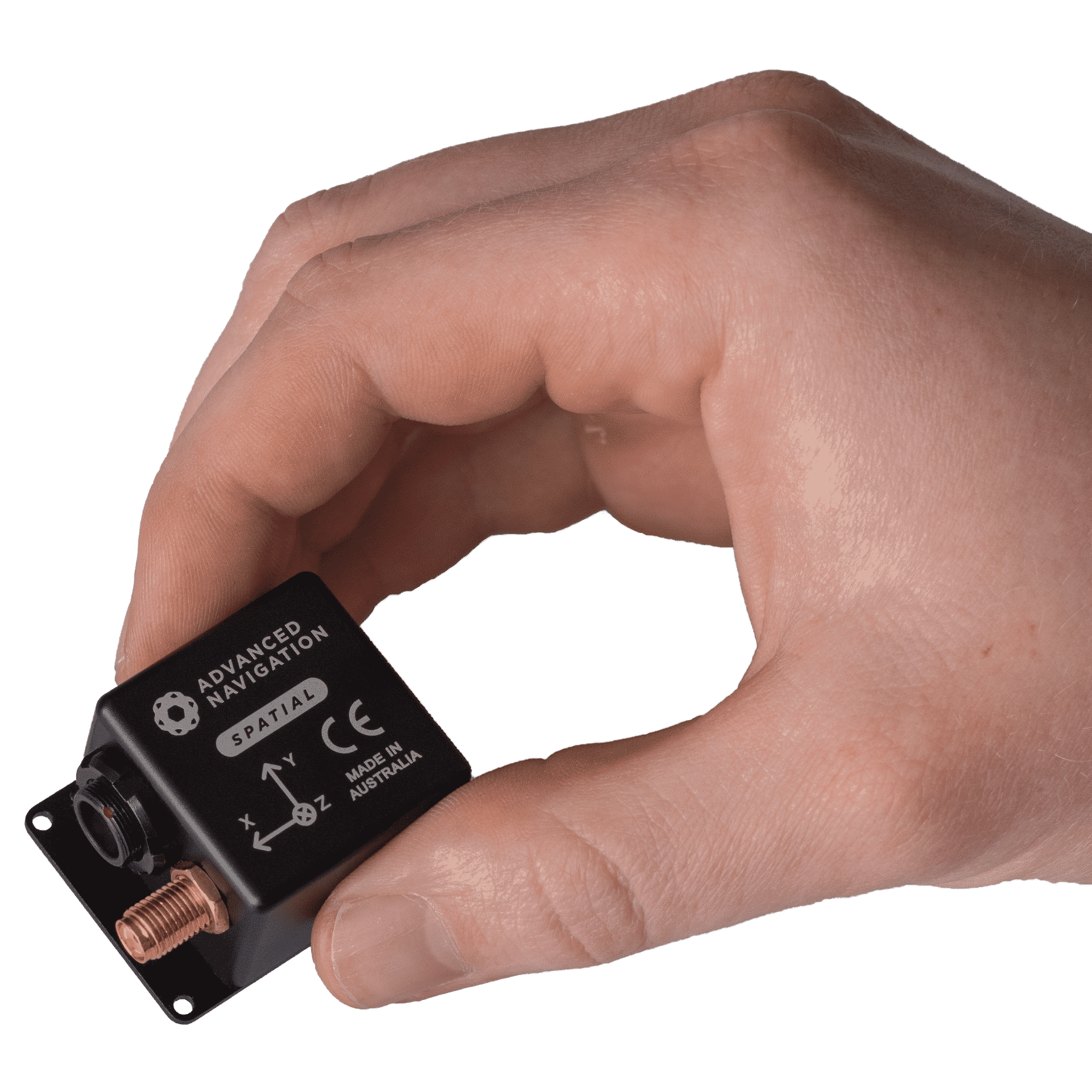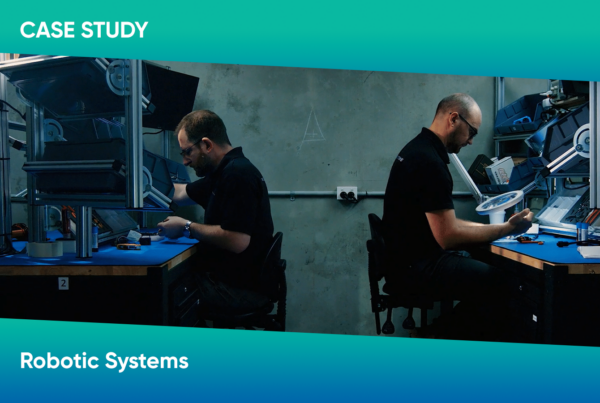Spatial
Spatial is a miniature GNSS-aided INS that provides accurate position, velocity, acceleration, and orientation under the most demanding conditions.
Roll & Pitch
0.1 °
Heading (GNSS)
0.2 °
Bias Instability
3 °/hr
Position Accuracy
20 mm

Spatial combines temperature calibrated accelerometers, gyroscopes, magnetometers, and a pressure sensor with an advanced GNSS receiver. These are coupled in an AI-based fusion algorithm to deliver the most reliable and accurate navigation data in its class. Spatial is available in both OEM and rugged packages. Spatial is compatible with our post-processing kinematic (PPK) software Kinematica.

Features

AI Navigation Algorithm

High Performance MEMS
Spatial contains high performance MEMS sensors that are put through Advanced Navigation's intensive 8 hour temperature calibration process. This provides the highest accuracy possible from this sensor class and outputs consistent accuracy over the full temperature range from -40°C to 85°C.

Reliability
Spatial has been designed from the ground up for mission critical control applications where reliability is very important. It is built on top of a safety oriented real time operating system and all software is designed and tested to safety standards with fault tolerance in mind. The hardware is designed and manufactured to mil standards.
Multi Constellation RTK GNSS
Spatial's GNSS receiver supports GPS, GLONASS and BeiDou. The extra constellations provides higher availability of GNSS reception and better performance in difficult environments such as urban canyons. It supports RTK for real time 1cm position accuracy as well as PPK for post processed 1cm position accuracy.

High Update Rate
Spatial's internal filter runs at 1000Hz and data can also be output at this rate over high speed RS232. This allows for control of dynamically unstable platforms. Spatial is also highly tolerant of dynamic movement and vibration with advanced filters designed for these applications.
Applications
Specifications
Software
Spatial Manager is the software provided for testing, configuration and logging with Spatial. Java 11 is required to run Spatial Manager v7.0 and later. Adoptium JRE 11 is the recommended Java installer. Please see the reference manual for more information.
9 Apr 2024 – v7.3
Case Studies
Get In Touch
Please select a topic below related to your enquiry. If you don’t find what you’re looking for, fill out our contact form.

